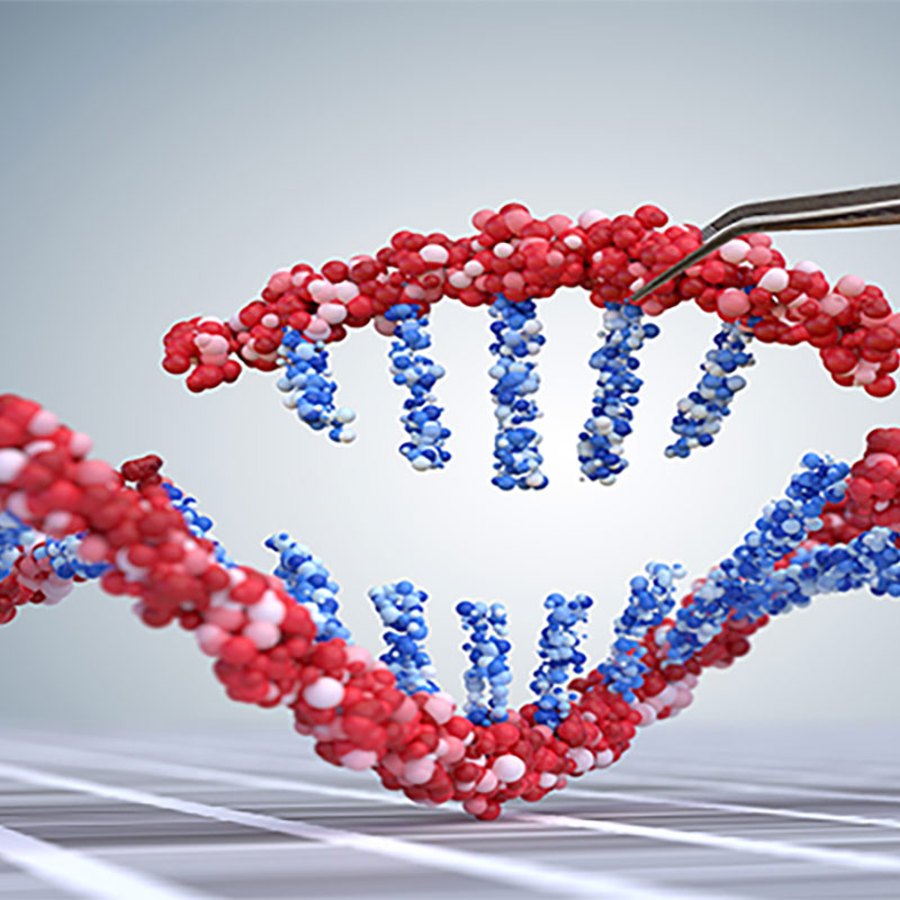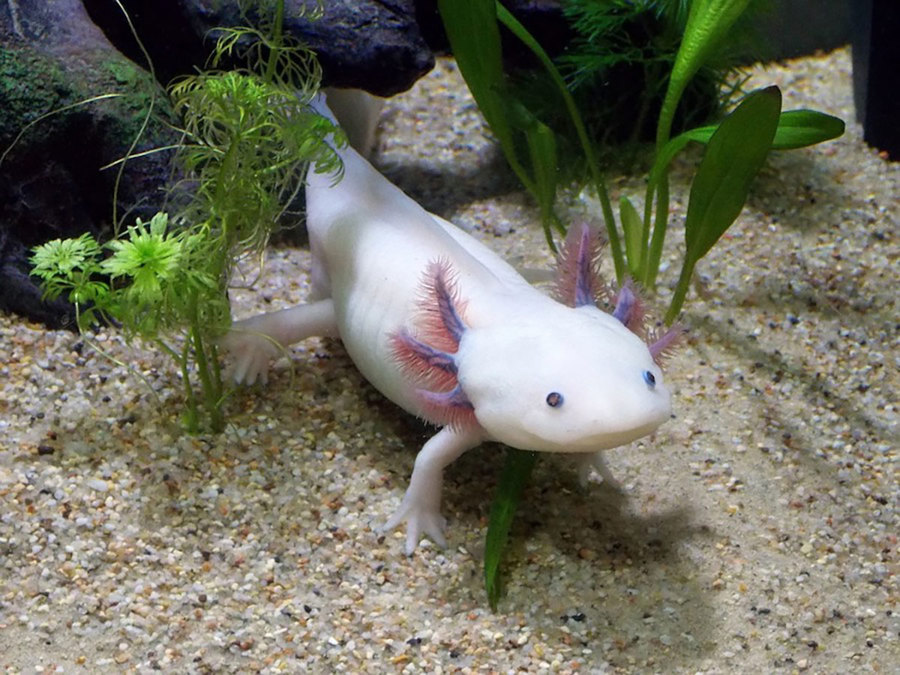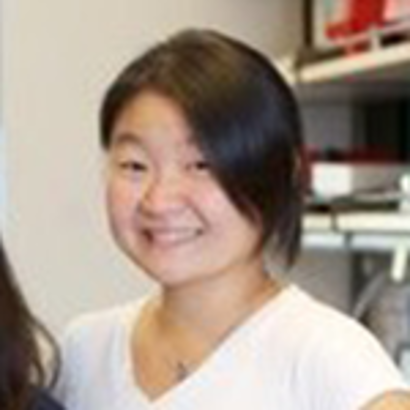
Could gene editing give humans the ability to regrow lost limbs?
November 9, 2015

- Related Topics:
- Genetic engineering,
- Futuristic science,
- Stem cells,
- Gene therapy
A curious adult from Lebanon asks:
“Could gene editing give humans the ability to regrow lost limbs? And, could it be possible to edit adult human phenotype? In other words, change body/facial bone structure etc.?”
Not even the most knowledgeable scientists can agree on when (or if) we will be able to tweak our genes one day to grow new limbs. And changing things like the shape of our nose may be just as tricky! The exciting news though, is that we now finally have the tools to maybe make it possible.
Genes have the information that makes and runs a living thing. So to do the things you’ve suggested, we need to change or “edit” the genes.
A big problem with editing genes to regrow lost limbs is that we don’t know which genes to change. There might be dozens of genes involved, or there might be just a few.
Depending on this number, some hard work, and a little bit of luck, we might be able to regrow lost limbs in a few years. Or someday far in the future.
For the rest of the answer, I thought I’d go over how scientists are trying to find these special genes. I’ll also talk a little bit about how scientists do gene editing, once they know the genes to edit.
Learning from the Pros
As it turns out, humans are pretty terrible at regrowing body parts! To get better at this, we need to learn from animals that regrow body parts better than we do.
There are many animals that seem to live forever. No matter how much they are injured, they can regrow missing body parts. Some examples are earthworms, salamanders, and starfish.
What all these animals have in common is that their bodies have very special cells called “pluripotent stem cells.” These cells can divide forever to make identical copies of themselves. They can also turn into any kind of cell, as long as they receive the right signals.

When a salamander loses an arm, pluripotent stem cells at the injury site get to work. They first begin to divide, making new, identical stem cells. Then, once enough cells are made, they begin to change into the different cell types that make up the arm — blood, skin, and muscle cells. Before long, the salamander has a new arm!
Of Salamanders and Men
We humans start out as a ball of pluripotent stem cells in the womb, which end up forming all our organs. As these organs develop, however, all our pluripotent stem cells are used up to make different cell types.
Now, I know what you’re thinking — how is it that we can still heal from some injuries? If you scrape your knee and lose some blood and skin, for example, your body makes new blood and skin cells to replace the ones that are lost. How does this happen without pluripotent stem cells?
It turns out that instead of pluripotent stem cells, our bodies contain “adult” stem cells. These can divide only a few times, to form just a few tissues. So skin stem cells can only make skin, and only a limited amount of skin.
Scientists think that, during evolution, pluripotent stem cells were traded for adult stem cells. If we want to regrow a new arm (and who wouldn’t?), this seems like a bad trade.
Actually, it might not have been. Maybe as animals evolved to be bigger, it took too much energy to regrow limbs. Bigger animals may have needed this energy for other activities, like running away from enemies.

Scientists are now trying to find which genes to change to make our adult stem cells more like our pluripotent stem cells, as well as how to change them. But once we know which genes to edit, how would the gene editing work?
How Gene Editing Works
Our DNA contains thousands of genes, which contain information for making proteins and running our cells to keep you alive.
Think of your DNA as like a recipe book. Each gene is like a single recipe for one small part of you. All the 20,000+ genes in your DNA work together to make you.
These recipes are written with a very simple alphabet — just the four letters A, G, C, and T. What makes you and me different is how these four letters are arranged. Each of us has a unique combination of letters that helps make us who we are.
When scientists edit genes, they put special tools into cells. One tool reads the DNA and finds the sequence of A’s, G’s, C’s, and T’s that make up a specific gene. Another tool breaks the sequence, and yet another provides a new sequence as a replacement. (Read more about a new gene editing tool called CRISPR here.)
Scientists can put these tools into cells by directly injecting them into the body. They can also take adult stem cells out of the body, edit the cells with these tools, and put the cells back into the body.
Sounds a little bit like a science fiction novel, right? Actually, scientists have already done these operations in monkeys. They plan to test gene editing on people soon.
An Exciting Time
So now you can see how it might be possible to change how someone’s body looks. Let’s work through an example — say you wanted to have purple skin. (Because everyone wants purple skin, right?)

The idea would be that scientists take skin stem cells from your body, add gene sequences that will make purple cells, and put the stem cells back into your body. Your skin cells die in 10-30 days, and are replaced by new skin made by your skin stem cells. This means, within 10-30 days, you’ll have purple skin! How cool would that be!
Before you get excited, this is assuming we know all the genes that are involved in making purple skin. We also need to make sure the normal stem cells don't replace the purple stem cells over time. We may need to edit genes in the purple stem cells to make them grow faster than the normal ones.
Finally, we don't know what making a purple pigment would do. Maybe humans aren’t purple because purple pigment makes them sick. If that is the case, we’d need to know not only the genes that make purple pigment, but also genes that prevent purple pigment from becoming a problem.
And skin is one of the easy changes to make because it is always being replaced. Things like changing bones to make someone taller would be way harder. Not only do you need to tweak bone stem cells but you’d need to do a whole lot more to make sure they grow right, that the skin and muscles also grow and so on.
As you can see, there’s still a lot that needs to be done before we can use gene editing to regrow limbs or change how we look. But it’s definitely a real — and exciting — possibility. If you want to learn about one real example of how gene editing is changing human lives, check out this fascinating article on work done at Stanford.

Author: Jenny Hsu
When this answer was published in 2015, Jenny was a Ph.D. candidate in the Department of Genetics, studying stem cells and regeneration in Julien Sage’s laboratory. She wrote this answer while participating in the Stanford at The Tech program.
 Skip Navigation
Skip Navigation
